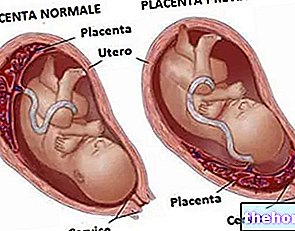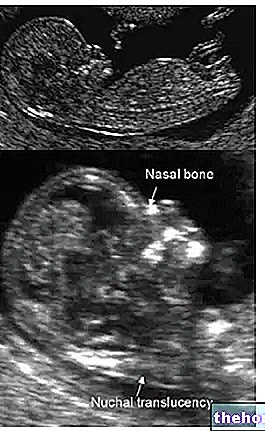The Coombs test evaluates the presence of antibodies capable of attacking and destroying red blood cells. Also known as the "antiglobulin test," this test was developed way back in 1945 by Cambridge immunologists Robin Coombs (after whom it takes its name), Arthur Mourant and Rob Race.
Direct Coombs test and indirect Coombs test
What does the Combs Test consist of?
The Coombs test is available in two distinct modalities, the direct one and the indirect one.
The direct Coombs test allows to identify the presence of any antibodies, or complement fractions, adhered directly to the surface of the red blood cells. This is an important test in the diagnosis of so-called immune-mediated haemolytic anemias, which are caused by the presence of antibodies that attack and damage red blood cells.The direct Coombs test can therefore be ordered in the presence of anemia or jaundice of unknown origin.
The mechanism of hemolysis can be autoimmune (systemic lupus erythematosus, infectious mononucleosis, Evans syndrome, etc.), alloimmune (for example when receiving an incompatible blood transfusion), or induced by the intake of particular drugs (quinidine, methyldopa and procainamide).
The indirect Coombs test detects the presence of free antibodies against red blood cells, therefore released from binding to red blood cells.
The indirect Coombs test is performed on the mother's blood during pregnancy, to assess the presence of anti-Rh antibodies and the advisability of any prophylactic measures. The indirect Coombs test is also an essential part of pretransfusion compatibility tests.
Blood groups and Rh factor
Since the beginning of the twentieth century it is known that blood samples taken from some patients have the ability to agglutinate (coagulate) the red blood cells of other subjects. The reason for this phenomenon is to be found in the existence of two antigens, A and B, which may or may not be present on the surface of red blood cells. An individual's red blood cells, in particular, can harbor either antigen, both, or neither. Similarly, anti-A antibodies, anti-B antibodies, both or neither can exist in the plasma.
By definition, an antigen is a molecule that is recognized as foreign or potentially dangerous by the immune system, which fights it through the production of antibodies.

- The subject with blood group AB, being devoid of specific antibodies, can receive blood from donors of type A, B, AB and 0 (universal receptor).
- The subject with blood group 0 can only receive similar blood, having antibodies for both group A and group B; instead he can donate it to everyone because he is free of antigens (universal donor).
- The individual of group A can receive blood from groups A and 0, while the blood of type B is compatible only with groups B and groups 0.

The indirect Coombs test is therefore particularly useful in view of a transfusion, because it allows to highlight a "possible incompatibility between the blood of the donor and that of the recipient.
What is the Rh factor?
In addition to antigens A and B, a further and important antigen can be found in the blood of patients; we are talking about the Rh factor, otherwise known as the D antigen.
The Rh factor is a protein found on the surface of red blood cells in about 15% of individuals, for this reason they are called Rh positive (Rh +). On the other hand, all other people lack it, and for this reason they are labeled as Rh negative (Rh-). Also in this case, we refer to the dedicated article for further information.
It should be remembered that Rh negative individuals are born without antibodies to the D antigen (Rh factor). These antibodies form as soon as the patient receives an Rh positive blood transfusion. The alloimmunization process is very slow at first and causes no immediate problems. Complications will arise in case of further transfusion from an incompatible donor (Rh +), because the patient's blood will rapidly become rich in anti-D antibodies, capable of damaging the transfused red blood cells.
As shown in the figure, the positive Rh factor is a dominant trait; for this reason, a Rh- subject is certainly homozygous for that trait (it receives a Rh- from the father and a Rh- from the mother). Conversely, a Rh positive individual can be both homozygous (Rh + Rh +) and heterozygous (Rh + Rh-).
SUMMING UP
The terms "Rh-positive" and "Rh-negative" refer to the presence or absence of an antigen, universally referred to as D antigen, placed on the erythrocyte membrane.
Unlike the ABO system, individuals lacking the D antigen do not have the corresponding anti-Rh antibody in their serum at birth. Any antibody formation occurs following exposure to Rh positive red blood cells; this exposure can occur following pregnancy or blood transfusion.
The indirect Coombs test tells us if antibodies to erythrocyte antigens are present in the patient's serum, allowing to avoid dangerous incompatibility reactions following transfusions.
Coombs test in pregnancy "




























